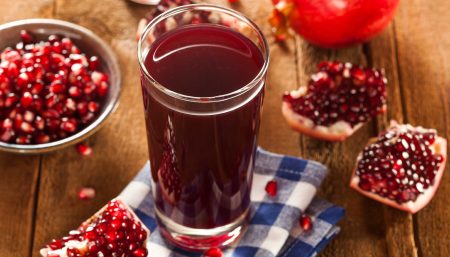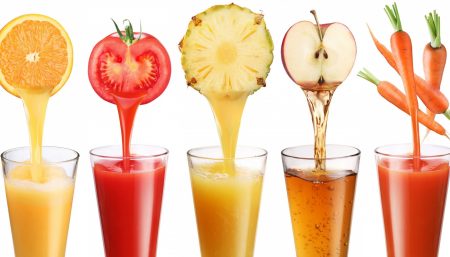Green Juices seems to be the latest health craze. Juicing has really taken off, but before you spend a fortune on a fancy juicing machine, make sure you’re aware of the potential health risks and benefits. According to ConsumerLab.com. nearly one third of powder supplements marketed as “greens” or “whole foods” don’t live up to their dietary claims—and may even be contaminated with lead, arsenic, or harmful bacteria. Your body has two wonderful organs to do any cleansing you need–your liver and your kidneys.
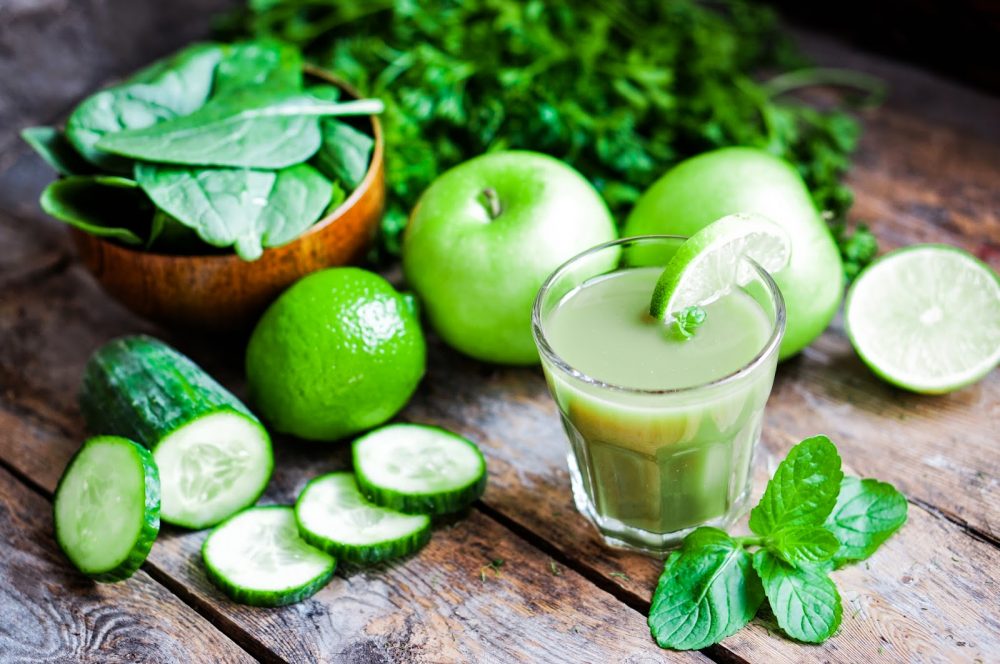
1. Juice cannot prove to be nutritionally-equivalent replacement for whole fruits and vegetable.
There are certain nutrients that whole produce will give you that you can’t get from the juice, including fiber. The skin and the pulp of fruits and veggies are where the fiber and most of the vitamins and minerals are housed, and if you discard these parts, you’re throwing out the most beneficial portions of the produce. Fiber keeps us full for longer, preventing overeating. Protein also keeps us full and helps us build and maintain lean muscle mass, which burns calories even at rest.
2. Drinking juices made mainly from green vegetables may lead to nutrient imbalances.
Many leafy greens are rich in potassium, so green juices may provide too much of this mineral for those on a potassium-restricted diet. On the other hand, while green vegetables are high in some things, they can be low in vitamins and antioxidants found in other fruits and vegetables. Most vegetables in general are low in protein and healthy fats, so unless you’re eating a regular meal with or adding a scoop of protein powder and some avocado to your green vegetable juice, you may not get enough of those nutrients in your diet.
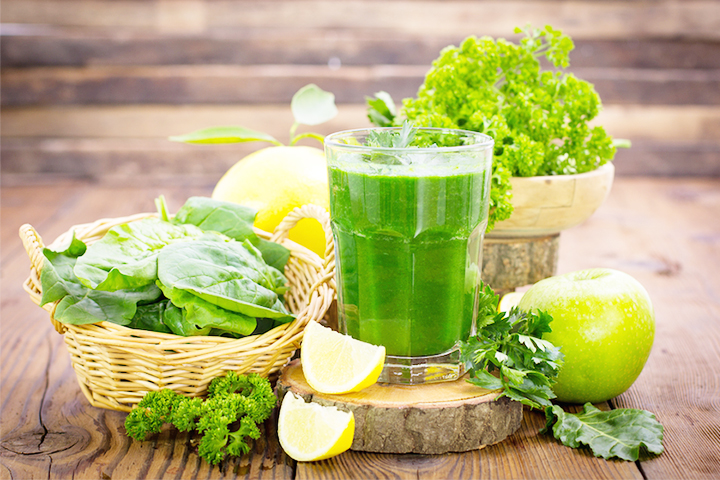
3. Juice, no matter where it comes from, is a concentrated source of calories.
This is especially true if you use more fruits than vegetables in your juices.
4. The juice isn’t pasteurized, which could be a food-safety hazard.
Wash your hands and all produce before preparing juice. Drink juice within one week, preferably on the same day that you make it. Also, wash the juicer with hot, soapy water after each use. The Food and Drug Administration warns that raw produce can harbor pathogens responsible for cyclosporiasis, E. coli, hepatitis, salmonellosis and bacillary dysentery–which produce symptoms ranging from vomiting and diarrhea to kidney failure in extreme cases. Although pasteurization kills these dangerous organisms, juicing alone does not, and unheated juices made at home or at juice bars can potentially lead to illness.
5. Certain leafy green vegetables like kale, arugula, bok choy and cabbage, can potentially interact with the thyroid.
These cruciferous vegetables contain a compound that can interfere with iodine absorption, which is necessary for your body to make thyroid hormones. An August 2010 study published in “Cancer Causes & Control” showed that high consumption of cruciferous vegetables was associated with thyroid cancer among women with low iodine intake.
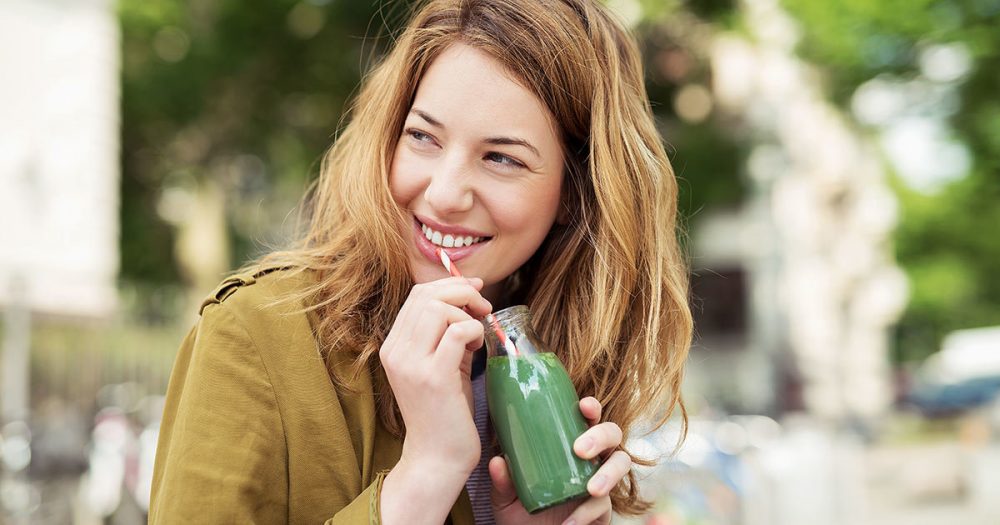
Juicing green vegetables can be a great way to boost your nutrition and lighten up, but make sure you vary the types of vegetables, add some fruit occasionally, and incorporate good sources of protein and healthy fats along with your juice.
Note: Be sure to talk to your doctor before starting juicing in order to prevent potential drug and nutrient interactions. This is because a lot of people use dark, leafy greens such as kale and spinach in their juice concoctions, and these greens are high in vitamin K, which could interfere with how certain blood thinners work.
Disclaimer
The Content is not intended to be a substitute for professional medical advice, diagnosis, or treatment. Always seek the advice of your physician or other qualified health provider with any questions you may have regarding a medical condition.
